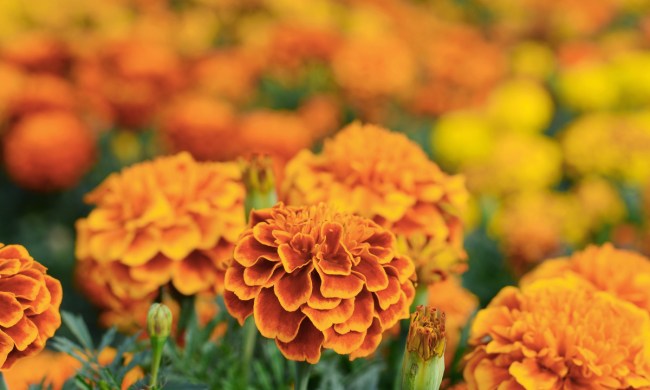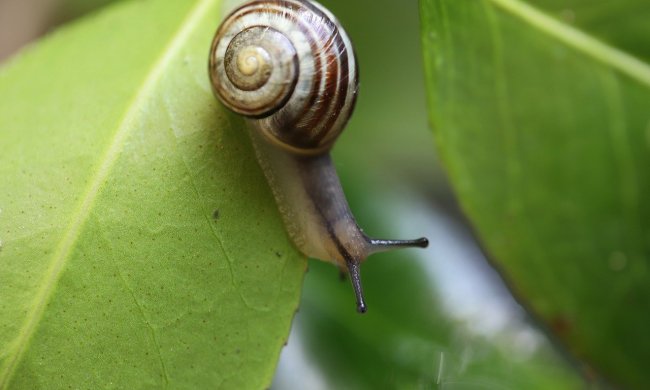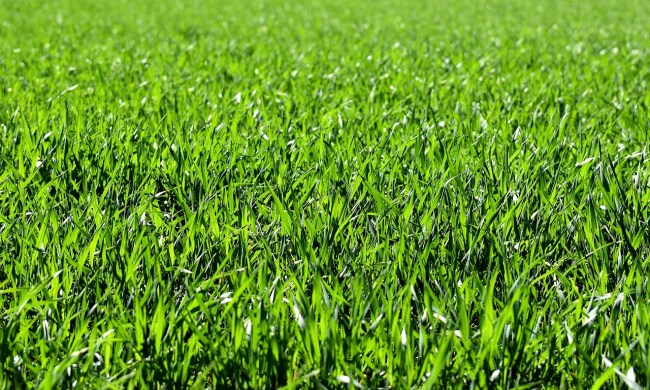When dealing with pest control, there are many home remedies and solutions to explore. One you may or may not have heard of is diatomaceous earth. You may be wondering what diatomaceous earth is and what pests it can get rid of, and that’s where we come in. This simple guide will answer all the questions you have about using diatomaceous earth as a pest control method, from what it is to how to use it, so that you have all the info you need to make the best choice for your garden.
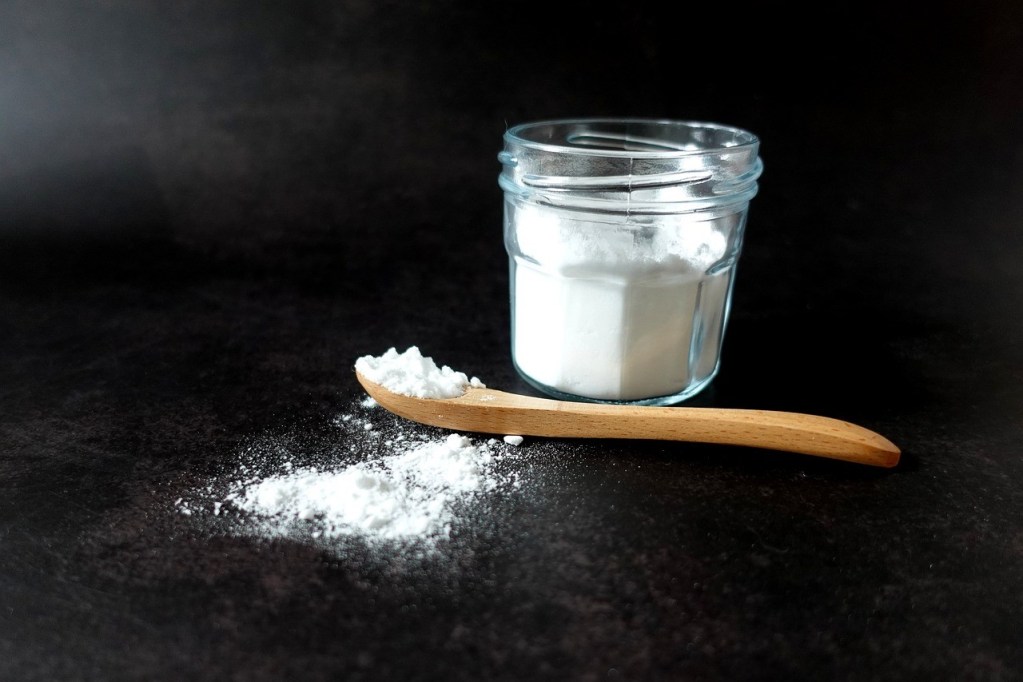
What is diatomaceous earth?
Diatomaceous earth is a naturally occurring sedimentary rock that contains diatoms, a type of ancient algae. It’s extremely soft and easy to crush into a powder, which is the form you are most likely to find it in. You can find bags of diatomaceous earth powder online and in many home improvement stores.
People use it as a home remedy for pest control and cleaning, among other things. It is nontoxic and considered safe for both people and pets, although it is recommended to avoid breathing it in and avoid skin contact. Diatomaceous earth can be a skin irritant, as it’s an abrasive substance.
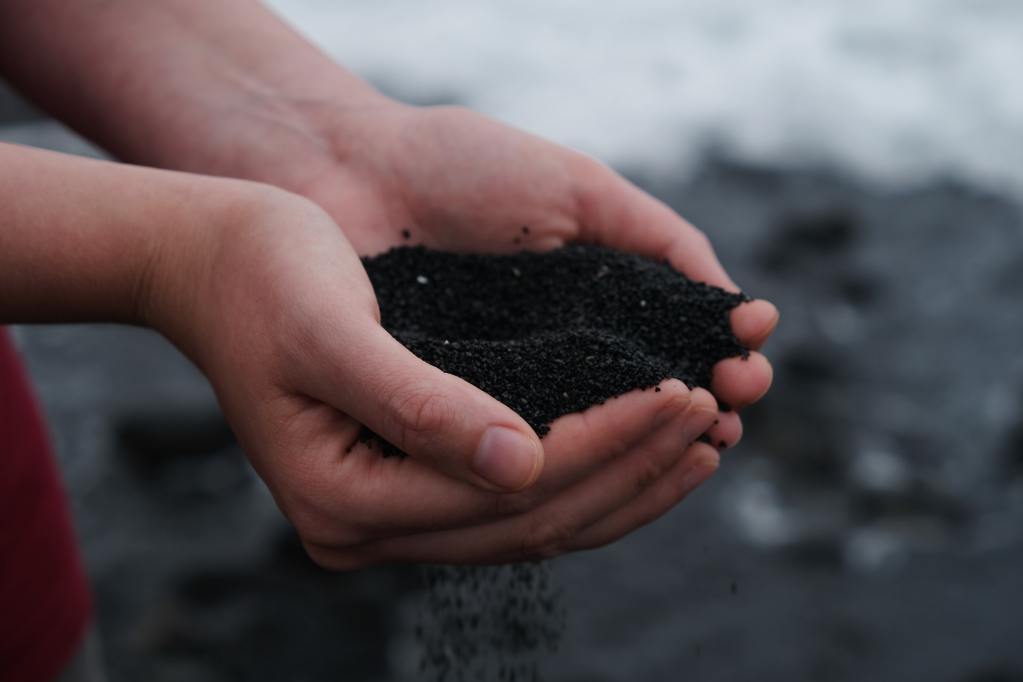
The benefits of diatomaceous earth
As an abrasive powder, diatomaceous earth can kill or repel many garden pests. The sharp particles scratch the pests, causing discomfort to soft-bodied pests like caterpillars or slugs. If hard-bodied pests, such as beetles or fleas, come into contact with the diatomaceous earth, then the particles will scratch their exoskeletons. The pests lose water through these scratches, leading to dehydration and death. This makes diatomaceous earth a relatively successful pest control and prevention tool.
Additionally, since diatomaceous earth is a natural, nontoxic substance, you don’t need to worry about harming your plants or the environment. Diatomaceous earth is a good alternative to harsher chemical sprays, which may soak into the ground or nearby water sources over time and damage the environment. Even if diatomaceous earth washes away, it will not harm local wildlife or plants.
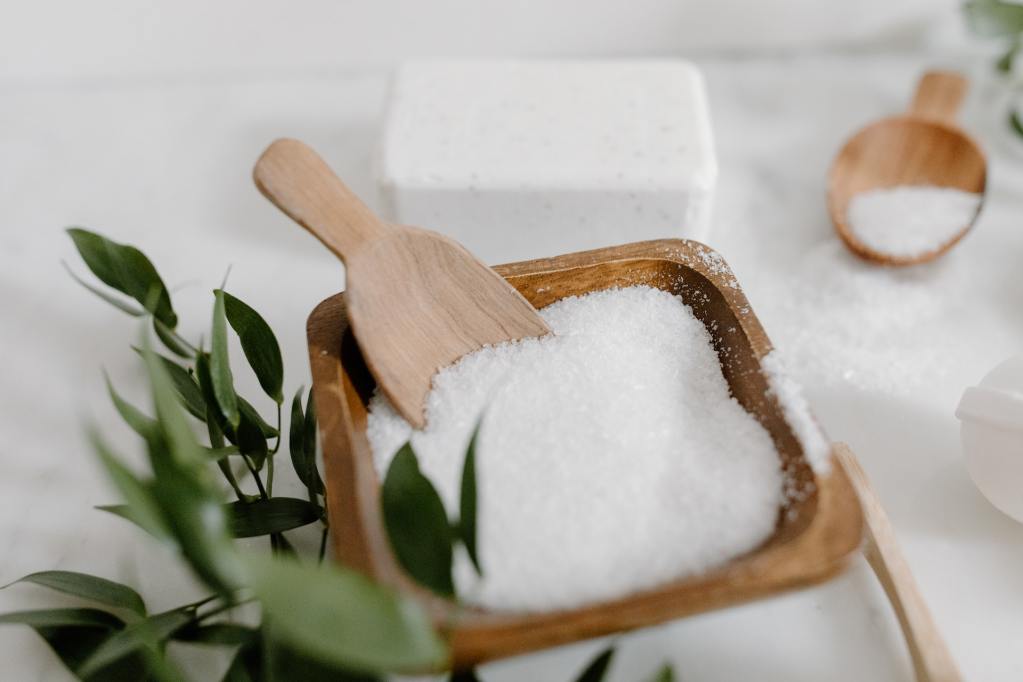
Drawbacks and risks
There are only a few drawbacks and risks to using diatomaceous earth. The rough powder can irritate your skin and eyes, and breathing the powder in can cause health problems, so make sure you’re handling the diatomaceous earth with care. Wearing gloves, eye protection, and a mouth covering when using diatomaceous earth is a good idea.
Diatomaceous earth is also a general pesticide and pest repellent, not a specialized one. This means that if pollinators or beneficial insects come into contact with the diatomaceous earth, they will also suffer the consequences. You can avoid this from happening by placing the diatomaceous earth on the ground only and not spreading it over or around flowers. However, there is no way to completely guarantee that beneficial bugs won’t run into it.
The final drawback is that it can’t protect your garden from every pest. Insects that fly or jump, such as grasshoppers, may bypass the diatomaceous earth entirely. While some may still be stopped by it, many will not. Pests that are not insects, such as rabbits, deer, and birds, won’t be stopped by diatomaceous earth at all. Depending on which pests are causing problems in your garden, this may be a huge drawback for you — or not an issue at all.
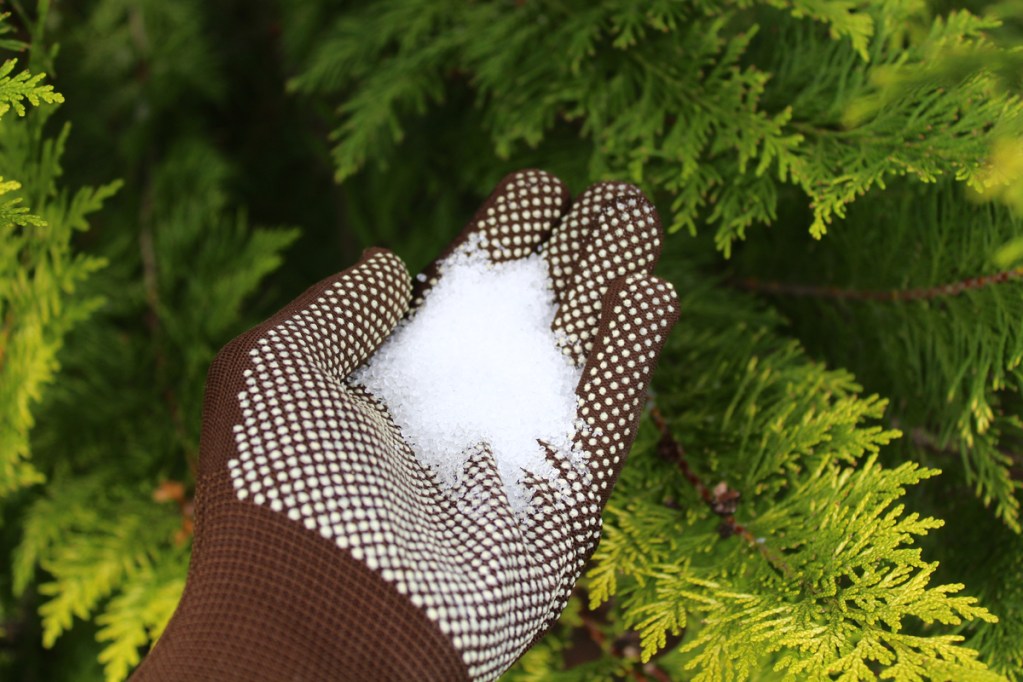
Using diatomaceous earth in your garden
So, if diatomaceous earth sounds like it will work for your garden, how do you use it? Diatomaceous earth is used similarly to Epsom salt for pest control. Sprinkle the diatomaceous earth on the soil around the plants you want to protect. You can scatter it lightly over the entire garden, apply it in patches where you’ve seen pests before, or create a border around your garden.
You may need to reapply the diatomaceous earth periodically, especially after storms. Otherwise, you can simply leave it alone and care for your garden as normal. You don’t need to worry about watering your garden; it’s OK to get the diatomaceous earth wet. If you use a water hose with high pressure, some of the diatomaceous earth may wash away and need to be reapplied. Planting, removing, or transplanting plants may also disturb the diatomaceous earth, but the diatomaceous earth will not harm the plants. It can be mixed into the soil without issue.
There are many pest control options out there, and diatomaceous earth is a great choice for many gardens. It can prevent quite a lot of pest damage caused by insects, and it’s environmentally friendly. While it won’t work for every garden, especially if your garden is plagued by rabbits or birds, most gardeners can find some amount of relief from diatomaceous earth.


